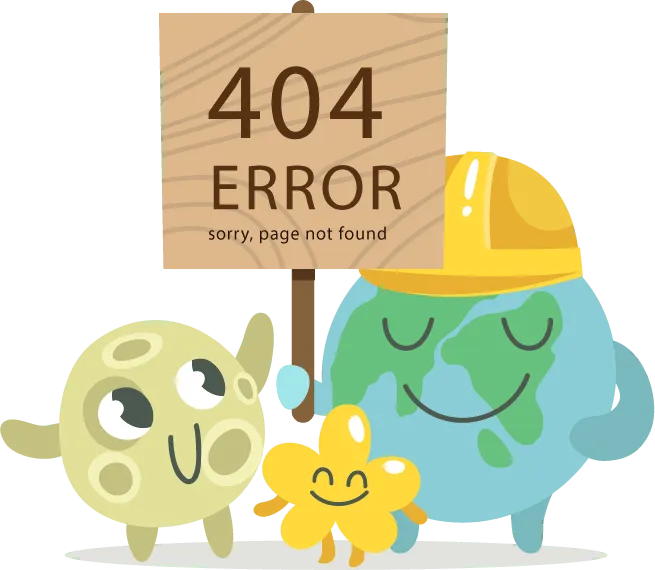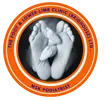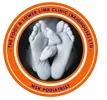Ooops! Page Not Found
It looks like you've taken a step off the beaten path. Let's help you find what you're looking for
Here are some helpful links:

REFUND POLICY
We understand that sometimes you need to change or cancel appointments. Please cancel or change your appointment, at least ONE working day prior (up to 24hrs before), to avoid charges. If you cancel with less than ONE working day (up to 24hrs notice), you will be charged 100% of the appointment fee. If you fail to attend and do not cancel you will be charged 100% of the appointment fee.


